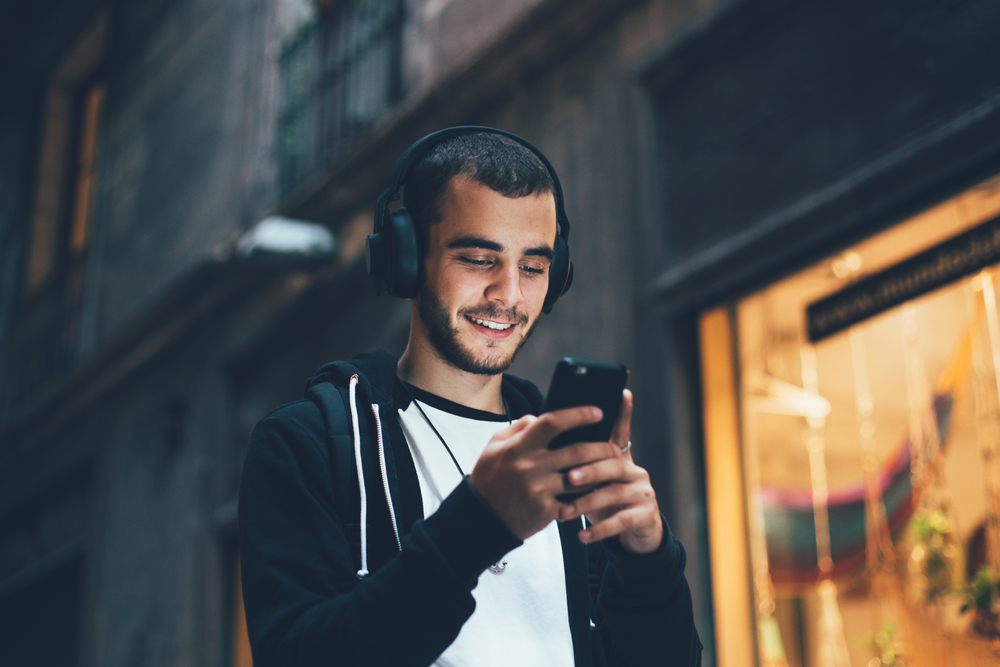
Say hello to James, a passionate music lover who perfectly incorporates Spotify into his work routine, switches to Pandora during his workouts, and curates playlists for every instance imaginable, from cardio programs to cooking and even gaming. His headphones are his continual companions, transforming his life into a fully soundtracked experience. However, while James gets solace and joy in the immersive world of music, the very thing he loves could be silently weakening his priceless sense of hearing.
Concerning our ears, there are both safe and dangerous ways to enjoy music. Unfortunately, a lot of us lean towards the second approach.
What is the connection between extended exposure to music and hearing damage?
Extended exposure to loud music can result in a decrease in your auditory function. We’re used to thinking of hearing loss as a problem related to growing old, but an increasing amount of research reveals that it’s really the build-up of noise-related damage that is the issue here and not anything intrinsic in the process of aging.
Younger people are more prone to noise-induced damage as their ears are still in the developmental phase. And yet, young adults are more likely to be dismissive of the long-term dangers of high volume. So there’s an epidemic of younger people with hearing loss, thanks, in part, to widespread high-volume headphone usage.
Is it possible to enjoy music safely?
Listening to music at full blast without any limits is the most dangerous strategy. But there is a safe(er) way to enjoy your music, and it normally includes turning the volume down. The general rules for safe volumes are:
- Adults should limit their device listening time to 40 hours or less and make sure the volume stays below 80 dB.
- For Teens and Minors: You can still listen for 40 hours, but keep the volume level below 75 dB.
Breaking it down, you’re looking at roughly 5 hours and 40 minutes of listening every day. Although it might appear excessive, the time can pass unexpectedly fast. In spite of this, the majority of people possess a well-developed understanding of time management, a skill that is usually perfected during early childhood.
The more challenging part is monitoring your volume. On most smart devices, computers, and televisions, volume is not measured in decibels. It’s measured on some random scale. Perhaps it’s 1-100. But maybe it’s 1-16. You might not have any clue what the max volume on your device is, or how close to the max you are.
Tips for effectively keeping track of your music volume
Several free noise monitoring apps can be found for both iPhone and Android devices to tackle this problem. These apps supply instant feedback on ambient noise levels, enabling users to tweak their listening volume to safe levels.
For this reason, many audiologists suggest utilizing one of the numerous noise level tracking applications available at no cost. These extensively obtainable apps, compatible with both iOS and Android platforms, supply instant sound-level feedback on the background noise around you. In this manner, you can monitor the decibel level of your music as it plays and make changes accordingly.
Comparing relative volumes: from garbage disposals to dishwasher
For instance, a noise level of 80 decibels is comparable to the sound produced by a basic garbage disposal or dishwasher – you can hear them, but they won’t blow your ears out. Acknowledging this benchmark is essential, as it represents the limit beyond which auditory damage becomes a tangible hazard.
It’s important to exercise increased vigilance when noise levels surpass this critical point. Consider decreasing your exposure to extremely loud music by listening to specific songs at the highest volume instead of listening to entire albums.
Prolonged exposure to loud sounds can result in hearing issues, including ringing in the ears, or tinnitus, and potentially permanent damage to one’s hearing. By being mindful of when our ears move into the danger zone, we enable ourselves to make educated decisions, with the ultimate goal of promoting safer listening practices.
Schedule a hearing assessment
For better prioritization of your hearing health, it is recommended to consult a hearing specialist to schedule a comprehensive hearing test. Practical steps like routine screenings can detect any possible problems early on, allowing for timely interventions and personalized recommendations to protect your vital sense of hearing.